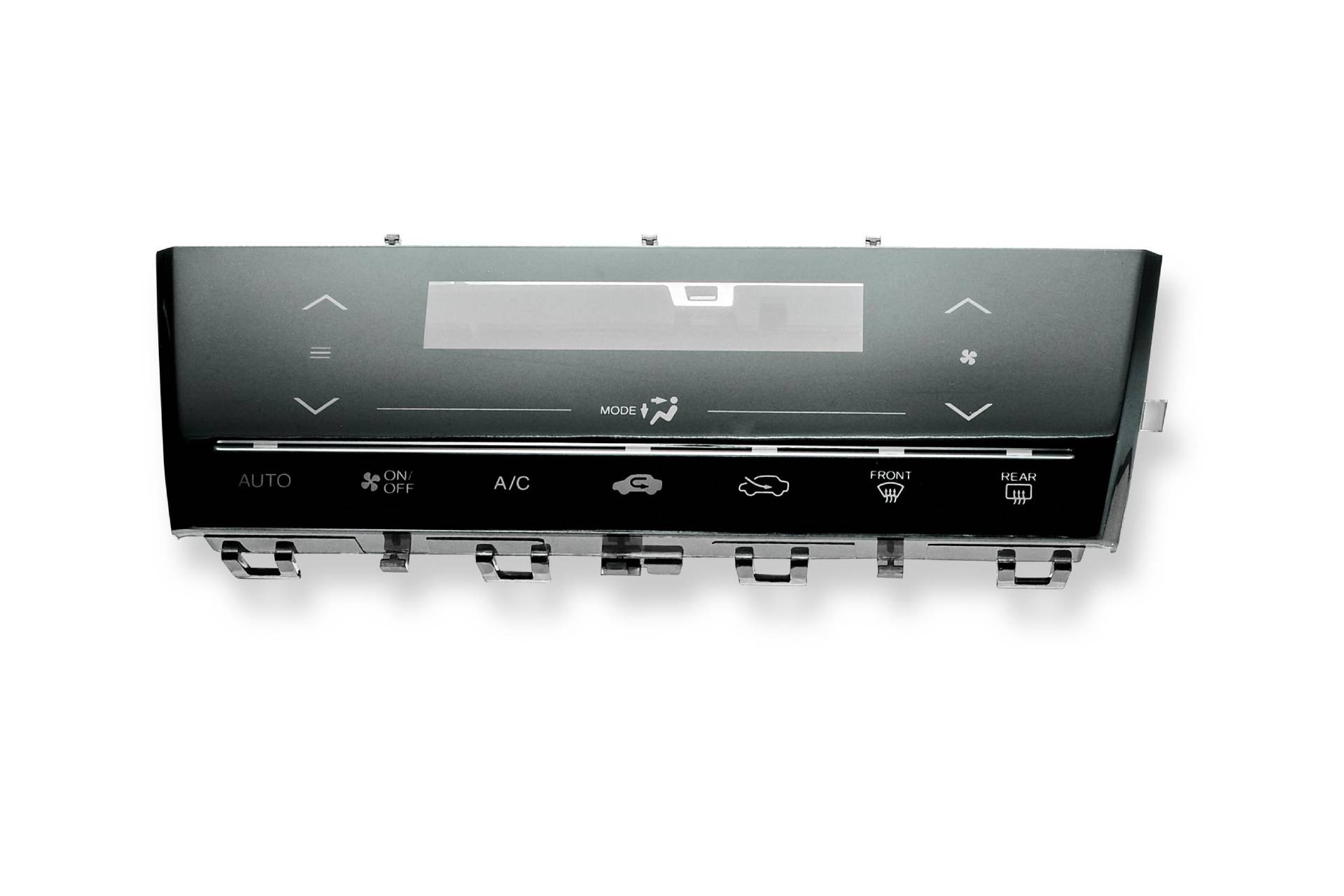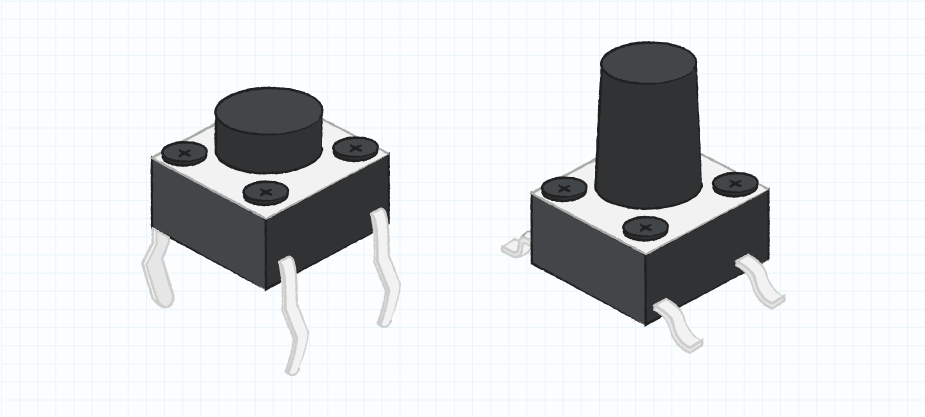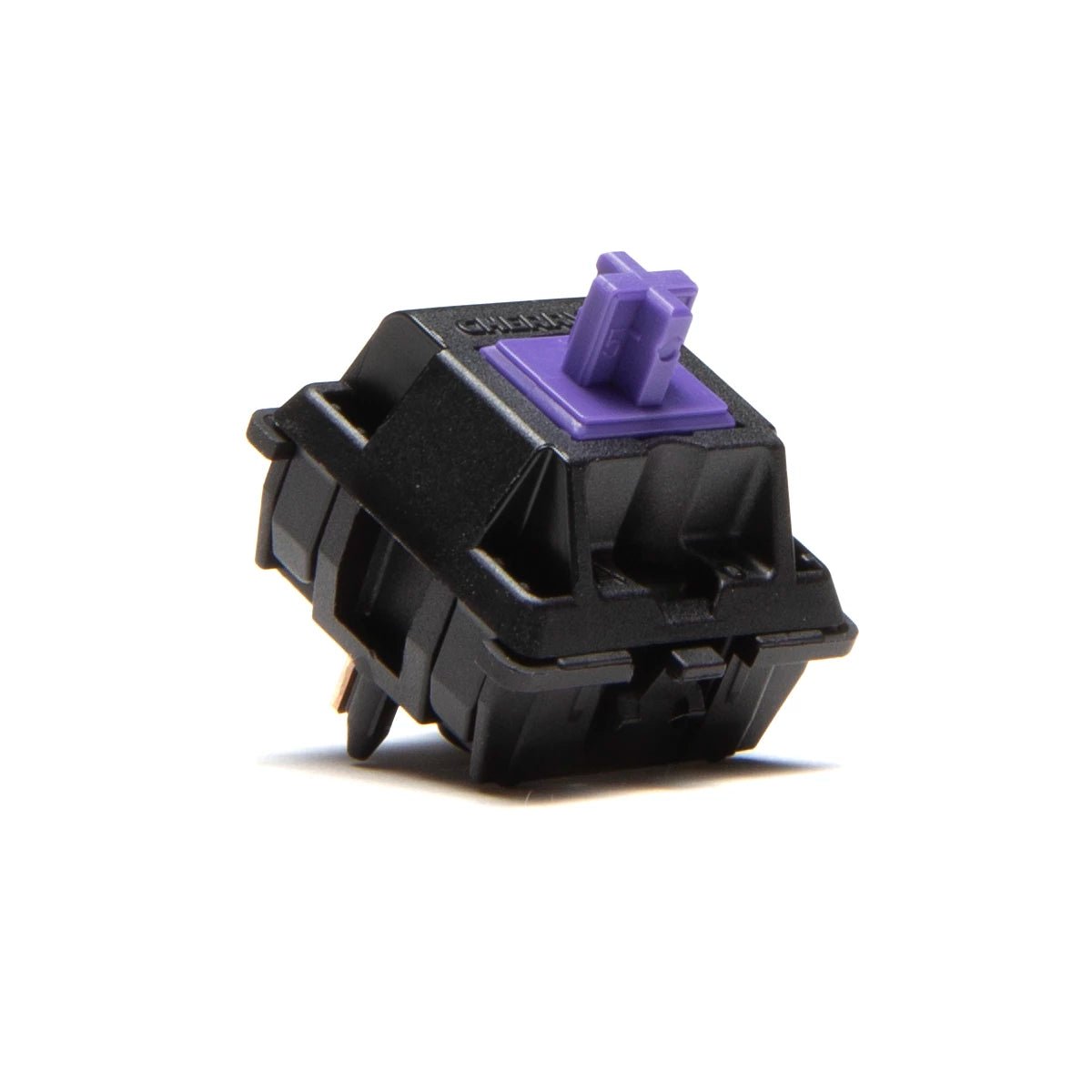If you want a solid response without loud clicks, tactile switches are a top option.
The Importance of Tactile Changes in Developing Trustworthy Individual Interfaces
Responsive switches, important components in various digital tools, offer apparent responses through a physical sensation upon actuation. This clear feedback is important in atmospheres where aesthetic or auditory hints want, guaranteeing customers with confidence engage with interfaces without second-guessing their inputs. As technology permeates more elements of day-to-day life, understanding the subtle yet considerable impact of these switches on individual communication comes to be essential. Their role in enhancing user experience invites further expedition right into their prevalent applications and prospective technologies.
Recognizing Tactile Comments: The Fundamentals of Tactile Changes
Responsive switches, essential parts in numerous digital gadgets, offer instant physical feedback when activated. These buttons include a mechanism that customers can really feel and listen to at the point of contact, validating an activity has been initiated. Commonly located in key-boards, remote controls, and industrial controls, responsive switches are preferred for their sharp, crisp feedback which improves the certainty of input commands.
The building of a tactile button consists of a dome-shaped rubber or steel that breaks down and afterwards recoils upon launch, completing an electric circuit. This action produces a visible click. The distinct responsive and distinct feedback is vital for fast-paced atmospheres like pc gaming or in circumstances calling for precise data entrance, where customers benefit immensely from immediate physical verification of their inputs.

Efficiency in design also enables these buttons to be durable, normally sustaining numerous cycles without efficiency destruction, making them dependable elements in both consumer electronic devices and high-demand commercial applications. - tactile switches
The Duty of Tactile Switches in Enhancing Customer Experience

Additionally, tactile buttons add to a more user-friendly user experience. They can be made with varying degrees of actuation force and distinct tactile profiles, enabling modification that suits particular user demands and preferences. This adaptability not just makes gadgets extra easy to use but additionally raises contentment by satisfying private communication designs. Because of this, individuals often report higher degrees of convenience and web decreased exhaustion, especially in situations involving long term use of innovation, emphasizing the important function of responsive switches in contemporary interface design.
Applications and Developments: Tactile Changes Across Industries
Where might one come across responsive buttons beyond traditional consumer electronics? These elements are important in various sectors, including clinical tools, auto insides, and commercial controls. In health care, responsive switches are used in portable analysis tools where specific responses is critical for procedure. Their unique click guarantees that health care professionals know immediately when an input has actually been registered, enhancing accuracy throughout important treatments.
In the vehicle market, responsive switches add to more secure driving experiences by being integrated into guiding wheel controls and dashboard user interfaces. This enables drivers to run audio systems, GPS, and various other in-car performances without looking away from the roadway.
Similarly, in commercial settings, these buttons are vital my review here for machinery controls where drivers rely on clear responsive responses to verify successful activation or deactivation of equipment, therefore preventing functional errors and improving safety in atmospheres that often include high-stakes operations. These examples emphasize how responsive buttons help with integrity and efficiency throughout varied industries.
Verdict
